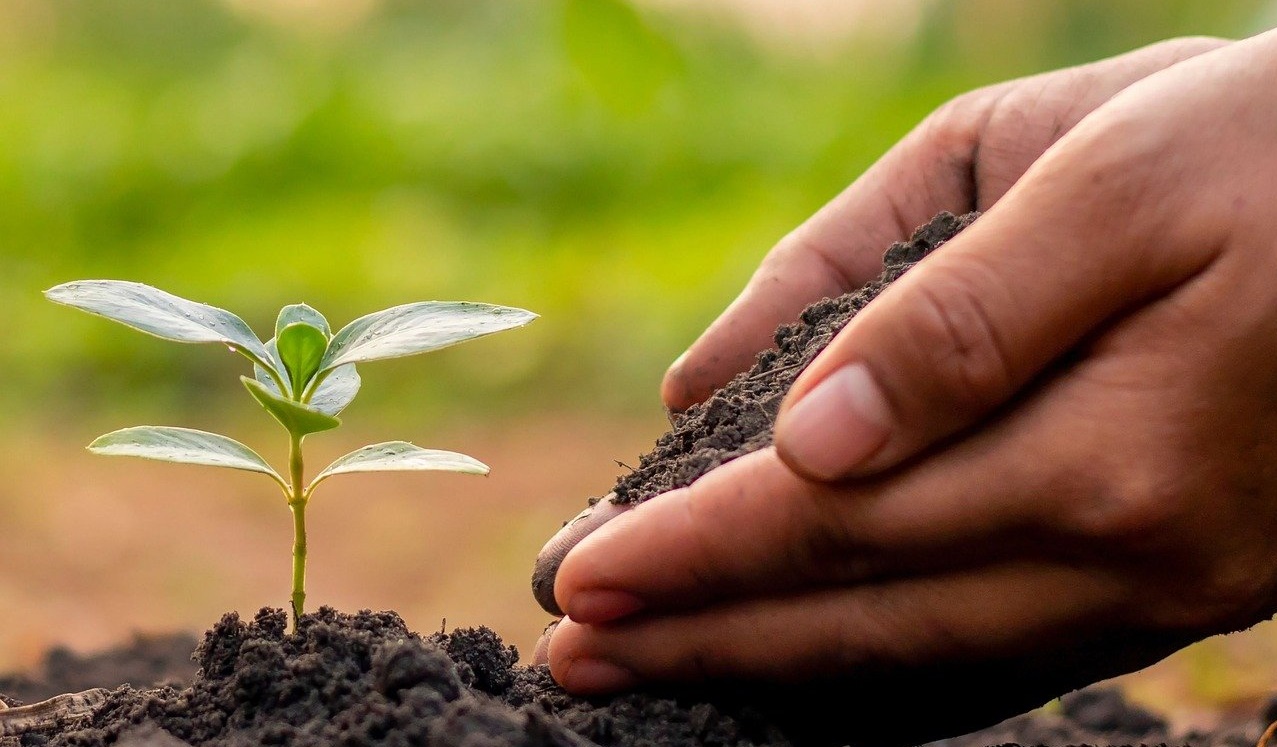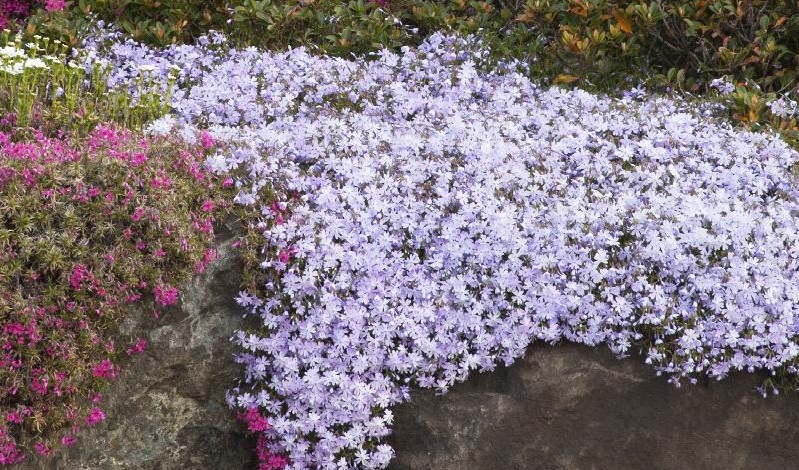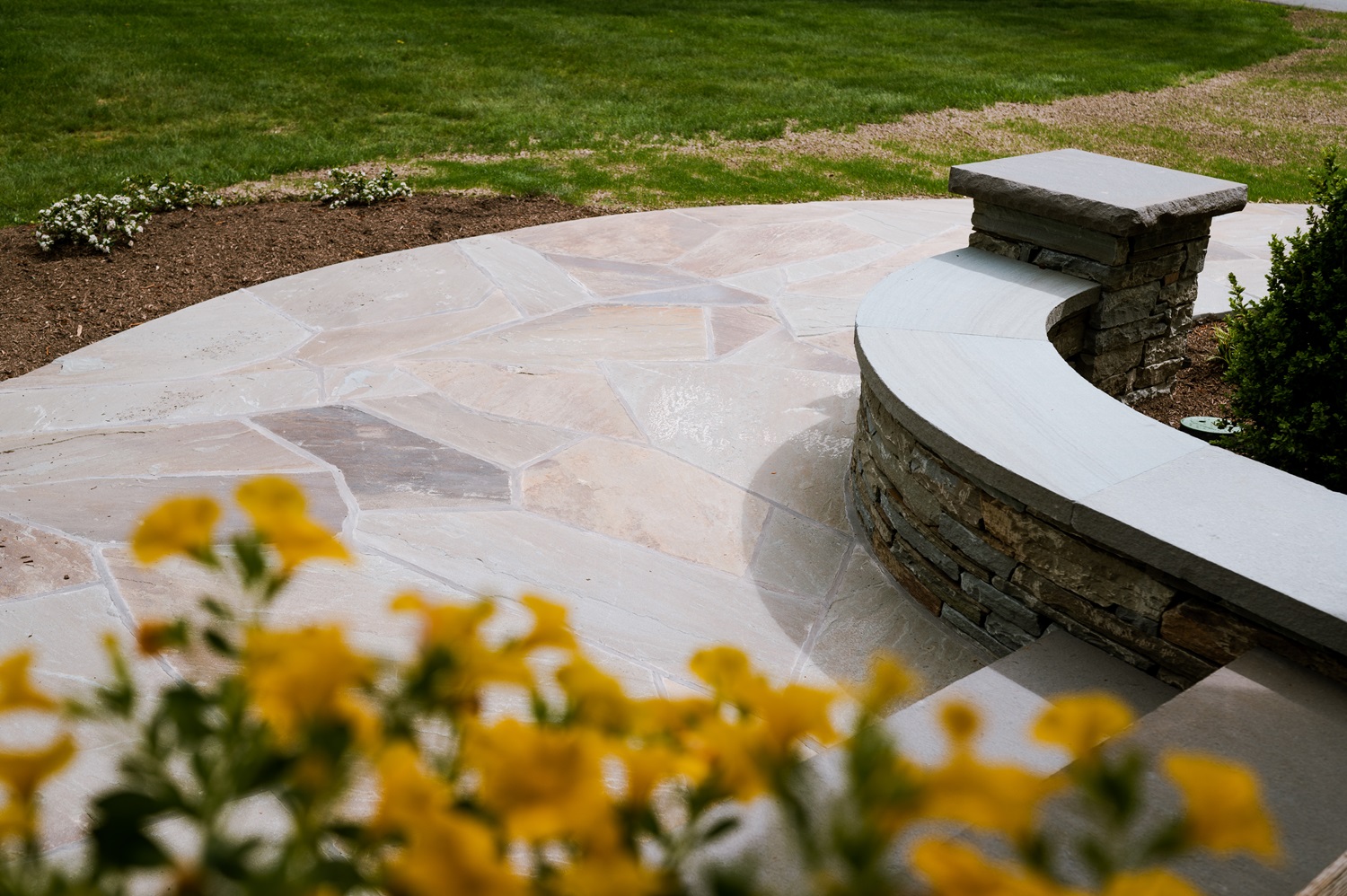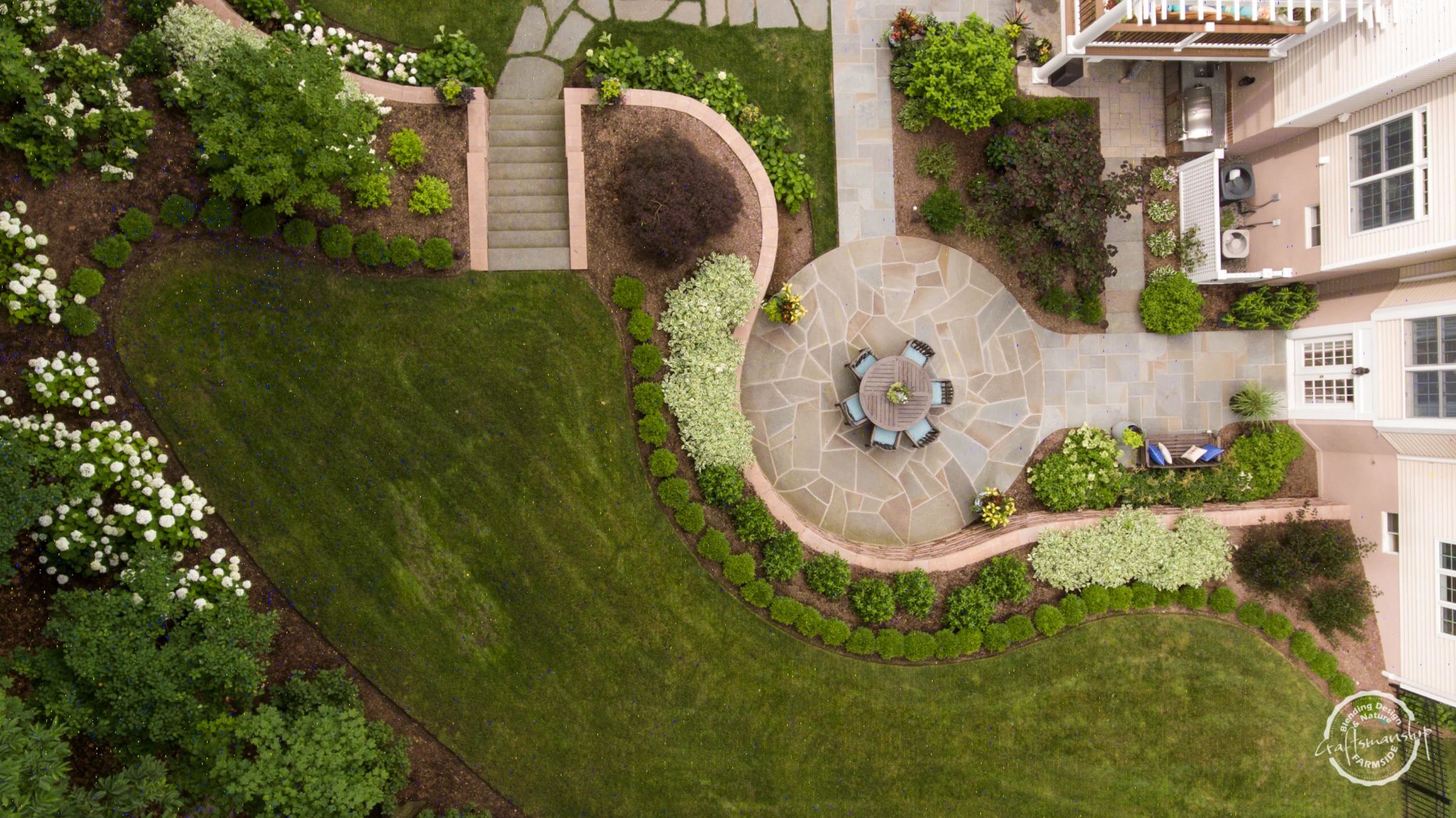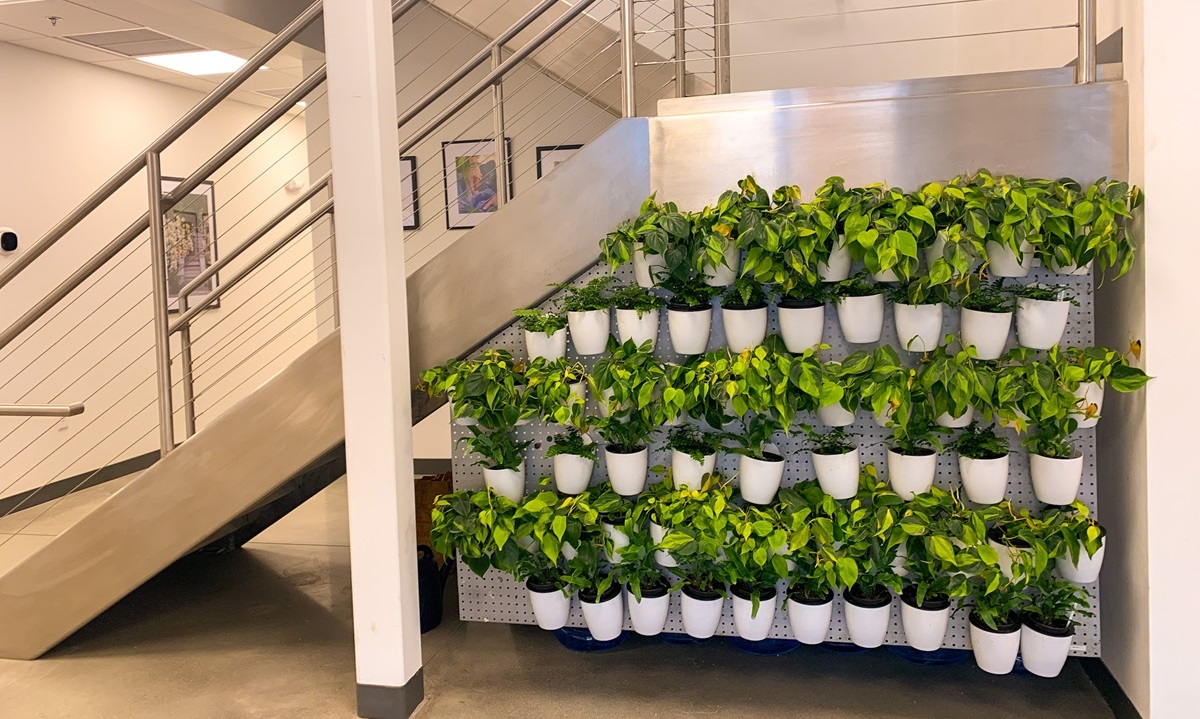Adding something new to your landscape is exciting! Whether that includes new shrubs, a tree, perennials, a new lawn (sod or via grass seed) or even annuals, you want to ensure your new addition gets off to a good start so it can thrive. There are some basic steps vital to every new planting, such as:
Proper Site Location – There’s no use trying to place a shade-loving plant in a sun-scorched spot or vice versa, so before you invest in purchasing any plants, observe the places you want to create a garden and see how much sun/shade they get throughout the day. Also be aware of the time of day sun/shade occurs. A few hours of morning sun from the east is far more gentle then the same amount of late afternoon sun blasting from the west. Take note if the location is level, or at the top or bottom of a slope. This can affect water needs and drainage as well as exposure to wind.
Know Your Zone – Knowing which planting zone you’re in is also important. Here in New Jersey we’re between 6-7, with the state divided into 4 specific zones; (6a, 6b, 7a, 7b). You’ll find 6a at the most northern/northwest locations in Sussex county and 7b at our most southern spots, like the tip of Cape May.
Proper Soil Preparation – This includes weeding and cultivation to make sure the soil is not compacted so roots can easily establish themselves. The addition of compost also adds beneficial nutrients to the soil. It’s a good idea to know the pH level of your soil (you can get a soil pH test kit from your local county agricultural office) to determine whether or not you need to add soil amendments to adjust the pH to the optimal level for your planting. For example, while most plants do well in a soil with a pH level of 6.5-7.0, pines do better in a more acidic soil (5.5-6.5) while wisteria prefers a more alkaline pH (6.5-8.0).
Fertilizer – Although fertilizers aren’t essential in keeping plants alive, they do help them thrive (especially important for flowering plants and vegetables since you want to optimize their production). There are a variety of fertilizers available, some formulated specifically for fruits and vegetables, others for turf grasses, etc., but generally speaking, a fertilizer of 15-5-10 ratio is a good choice. These numbers may vary, but it is the ratio that matters. All fertilizers are labeled with three numbers that represent the primary nutrients (nitrogen (N) – phosphorus (P) – potassium (K).
- Nitrogen is a component of chlorophyll and promotes optimum shoot and leaf growth – great for turf grasses and green leafy vegetables.
- Phosphorous is utilized for cell division and to generate new plant tissue. It promotes good root growth and is used to encourage fruit and flower production and is particularly important for root crops, like beets, carrots, and onions.
- Potassium levels influence a plant’s heartiness and vigor, regulating a plant’s carbon dioxide uptake by controlling the pores on a leaf’s surface (stomata).
Water – As your new plants form roots to establish themselves, water is critical to their healthy development. Watering plants well encourages strong root formation, as they reach and expand deeply through moist soil. Well-hydrated roots can easily extract and disperse nutrients throughout the plant for optimum growth and vigor. Three things to keep in mind when it comes to water and plants:
- What kind of plant you have (e.g., succulents, flowering, herbs, fruits & vegetables, turf, etc.)
- Your soil conditions (compacted, clay, sandy, loamy, level or dips and valleys where water may pool or runoff)
- Weather conditions (sun, heat, rain, humidity, dryness, wind)
You’ll want to water new plants frequently and deeply, (they require more water than established plants) meaning wetting the soil to a depth of between 6-12 inches. Water daily during the first week of planting, every other day during week two and every 2-3 days after that for the remainder of the first growing season.
You can skip watering on days when rain levels exceed 1 inch. Slow, drip watering is preferable as opposed to flooding new plants. A gentler approach to watering helps to protect delicate new roots, preserve soil integrity and allow plants to absorb water. Note: Container plants dry out quickly and may require daily watering throughout the season.
Mulch – Mulch will help your new plantings retain moisture as well as add nutrients as it decomposes. Water your new plants well before adding mulch, then water the mulch so it doesn’t absorb moisture from the soil.
Don’t forget, if you need help with your new plantings or turf, be sure to reach out to us here at Farmside Landscape & Design.


